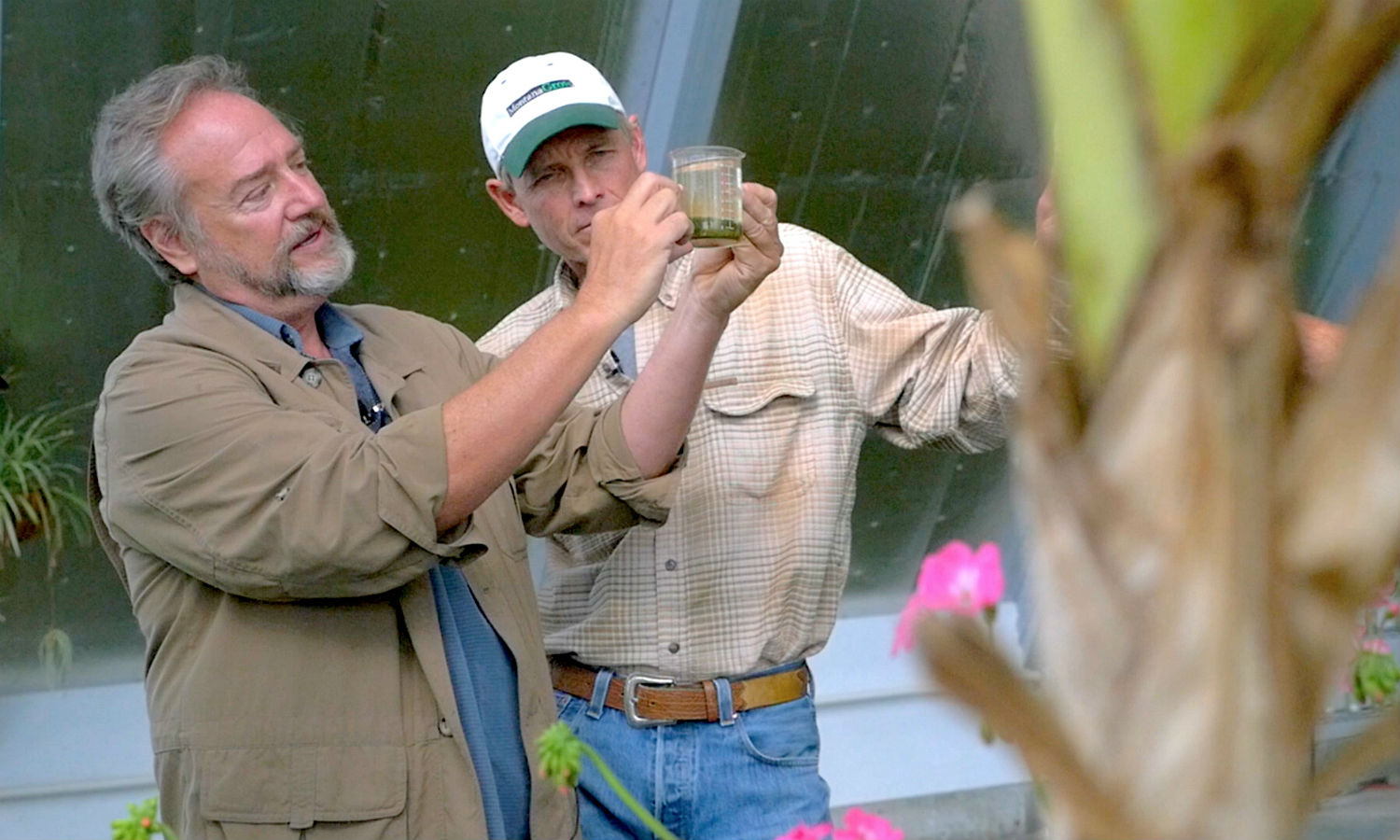Following the interconnected stories of three unique individuals, The Need to GROW documentary aims to explore some of the deeply-rooted issues in agriculture. The film highlights agriculture’s impacts on people and the planet, as well as some human-driven solutions working towards food system change.
Faced with the new challenge of being a father, Director Ryan Wirick seeks to understand the nature of problems and find solutions that may help future generations. Collaborating with activist and director Rob Herring, they sought to create The Need to GROW. Accompanied by Executive Producer and Narrator Rosario Dawson, Directors Herring and Wirick set out to discover how we can feed the world without destroying the planet.
“Documentaries had always been an important part of my life, but when I went to look for docs about solving our food and soil problems, there just wasn’t a lot out there. Immediately I knew this is where I should put my energy. But I also knew I couldn’t do it alone,” Wirick tells Food Tank.
According to the filmmakers, The Need to GROW aims to illustrate the current fragility of the planet through soil—including soil’s role in all ecosystems and the rapid loss of farmable soil across the globe. The film focuses on three main characters—8-year old Girl Scout, Alicia Serratos; a regenerative urban farmer, Erik Cutter; and inventor, Michael Smith. Serratos leads a petition for non-GMO girl scout cookies; Cutter seeks to grow food in a resource-efficient manner; Smith’s Green Power House invention functions as a closed-loop energy generator that sequesters carbon, grows algae, and produces a nutrient-rich, organic soil vitalizer.
Wirick pinpoints the intricate relationship between food and soil, stating that the film is “about solving our food system, but it’s also about how we can participate in the restoration of the Earth… It’s about how water health, climate change, and nutrition are all interconnected through the health of our soil systems,” Wirick explains to Food Tank.
According to the WWF, agricultural degradation of soil threatens all other life, inducing desertification, contamination of water sources, food scarcity (resulting from a loss of farmable land), and extreme climate events. “Soil is a living web of life all doing their part: transferring nutrients and storing water and carbon. In the film, it is through the connections between people that each character finds their strength and purpose… Just like in the soil, collaborative innovation at all levels is required if we are to ever overcome these incredible challenges,” Wirick tells Food Tank.
The Need to GROW hopes to present the urgency to localize and diversify the food system via regenerative agriculture, in which soil health becomes a top priority. Perhaps more critical than this shift in food systems change, according to Wirick, “is that at any point in a person’s life, they can wake up to these issues, and they can be part of solutions at all levels.” Wirick adds that active participation requires several key ingredients—including drive, outreach, and collaboration.
Herring and Wirick anticipate a growing movement to spread the solutions inspired by the film: gardens, seed saving, composting piles, biochar, and more. “There are real-world heroes right now all around the world, and the true power in the world, as it has always been, is with the people and what we decide to do together,” Wirick tells Food Tank.













